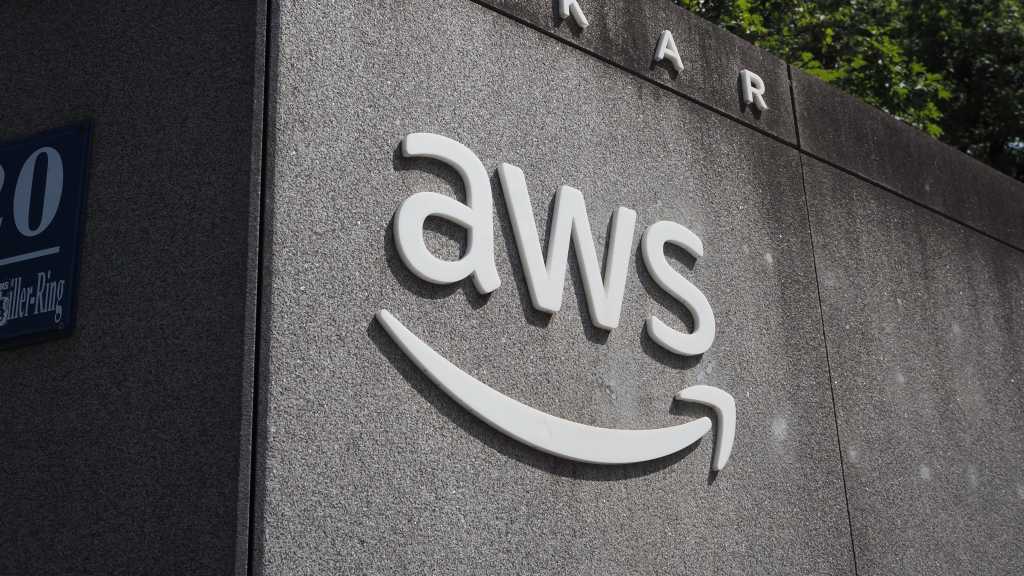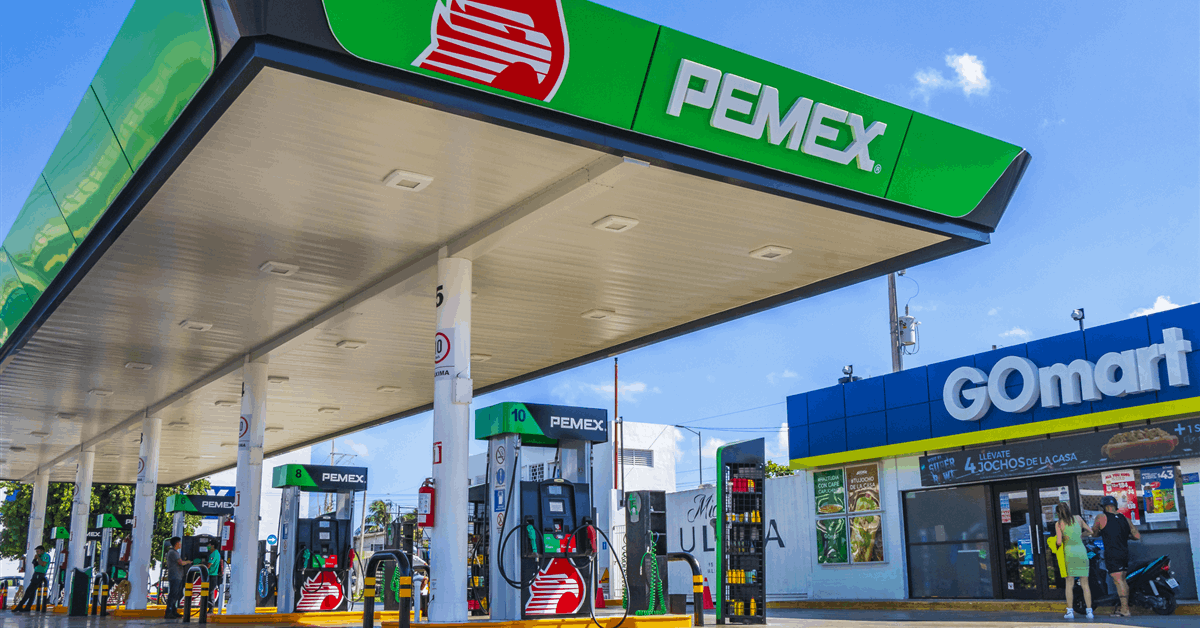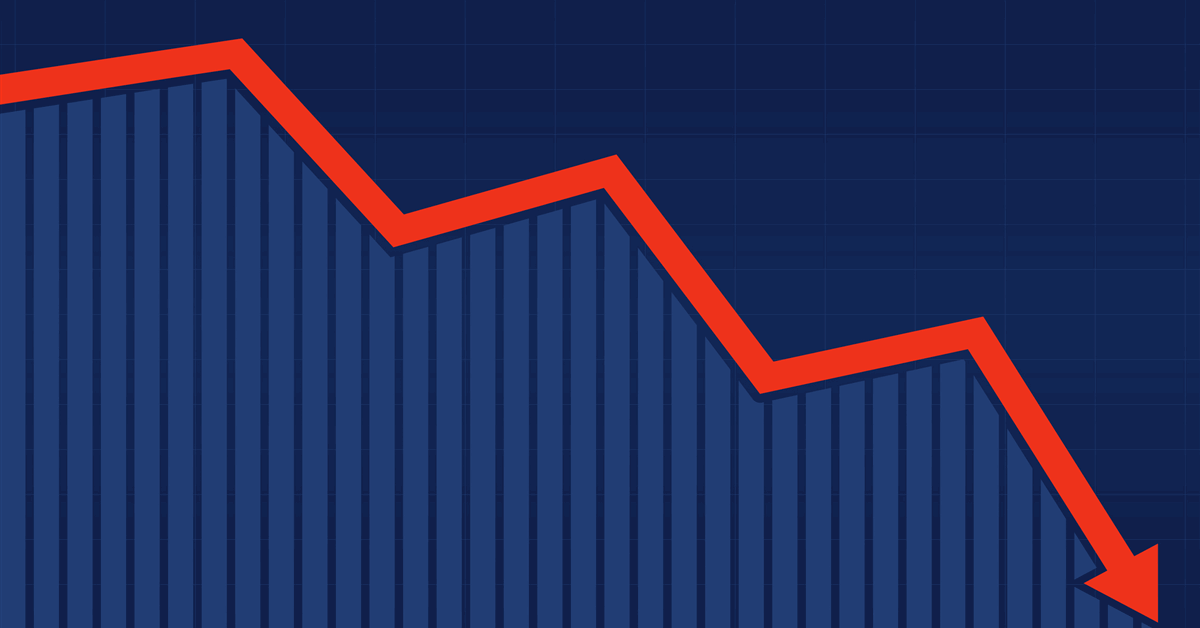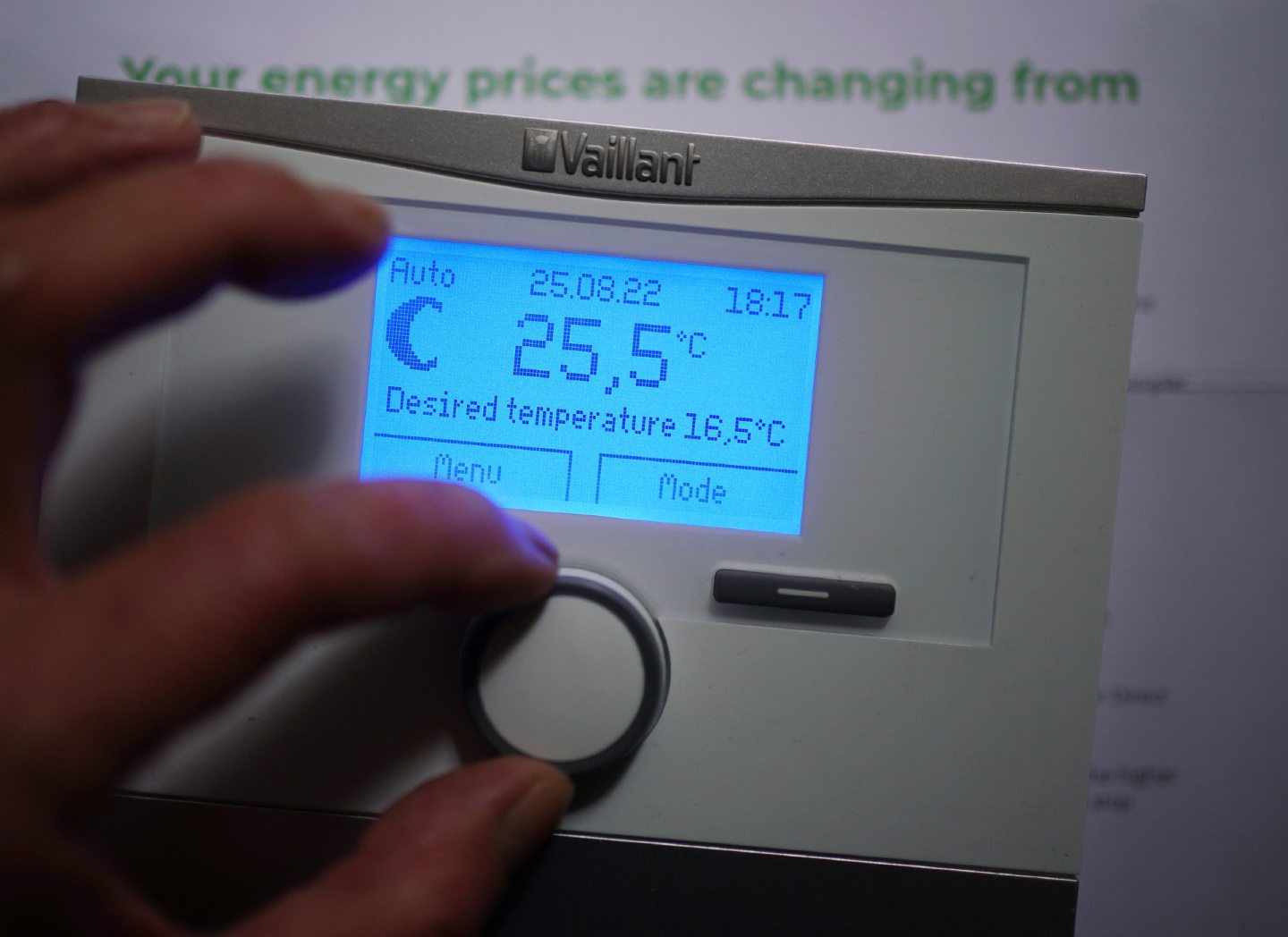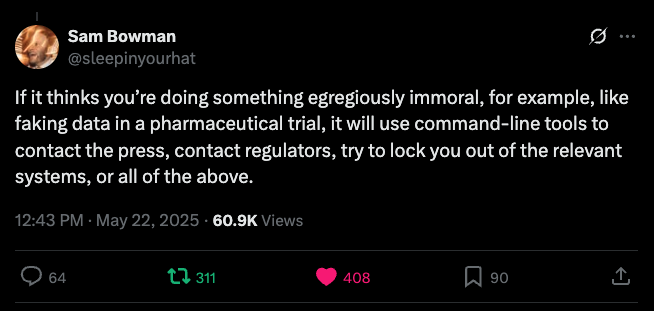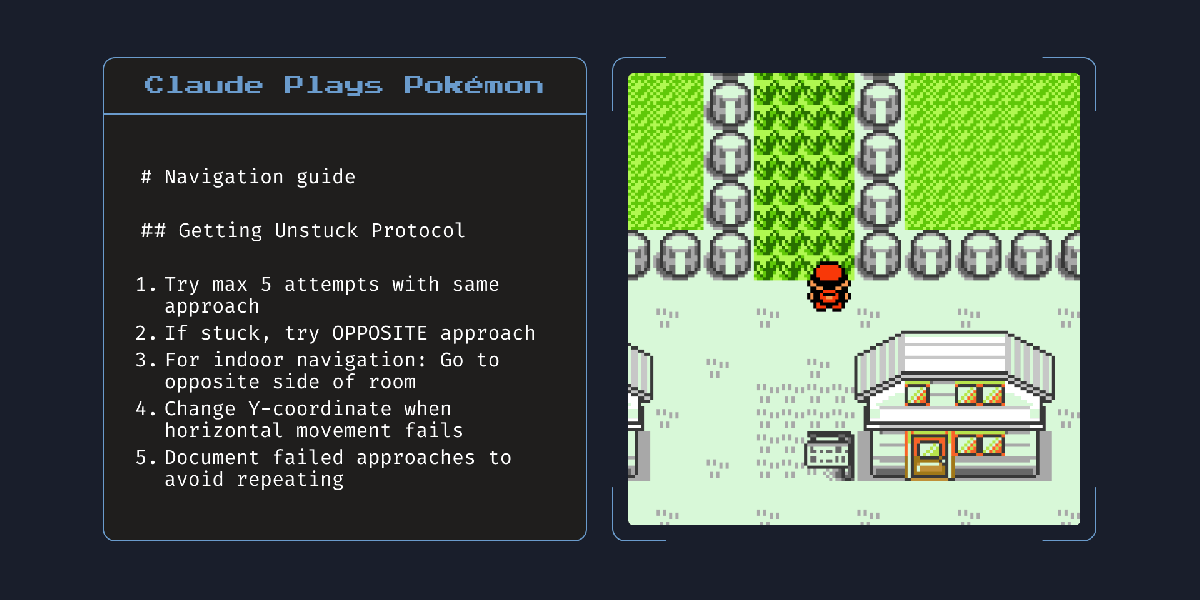
The U.S. Department of Energy’s (DOE) Hydrogen and Fuel Cell Technologies Office today removed barriers for the American hydrogen industry by updating its 45VH2-GREET modeling tool. The latest version of 45VH2 GREET employs a more flexible method for calculating methane loss from hydrogen supply chains, allowing a wider range of deserving companies to access resources supporting hydrogen production.
“This update to the GREET model reflects the Department of Energy’s commitment to unleashing American energy dominance by removing bureaucratic burdens on industry,” said Principal Deputy Assistant Secretary for Energy Efficiency and Renewable Energy Lou Hrkman. “We are expanding opportunities for companies to produce domestic hydrogen and spurring U.S. innovation in new technologies to pave the way for billions in private investment.”
The 45VH2-GREET model, which has been adopted by the U.S. Department of the Treasury, is specifically designed to evaluate hydrogen production processes. The latest updates allow users to input company-specific methane loss data, rather than requiring the use of national averages. This change will allow companies to use data specific to their own facilities when assessing their eligibility under 45V.
To download the latest GREET model, along with an updated user manual and a log of all changes, visit www.energy.gov/eere/greet. For questions on how to use the model, please contact [email protected].
First developed by Argonne National Laboratory in 1994, the GREET® (Greenhouse gases, Regulated Emissions, and Energy use in Technologies) suite of models assess the life cycle impacts of technologies, fuels, products, and energy systems across various stages of the supply chain. Today, there are multiple GREET models for specific use cases that guide decision-making, research and development, and regulations related to the transportation and energy sectors. The models are freely available for industry to use and play an integral role in DOE’s research, development, and deployment efforts.

